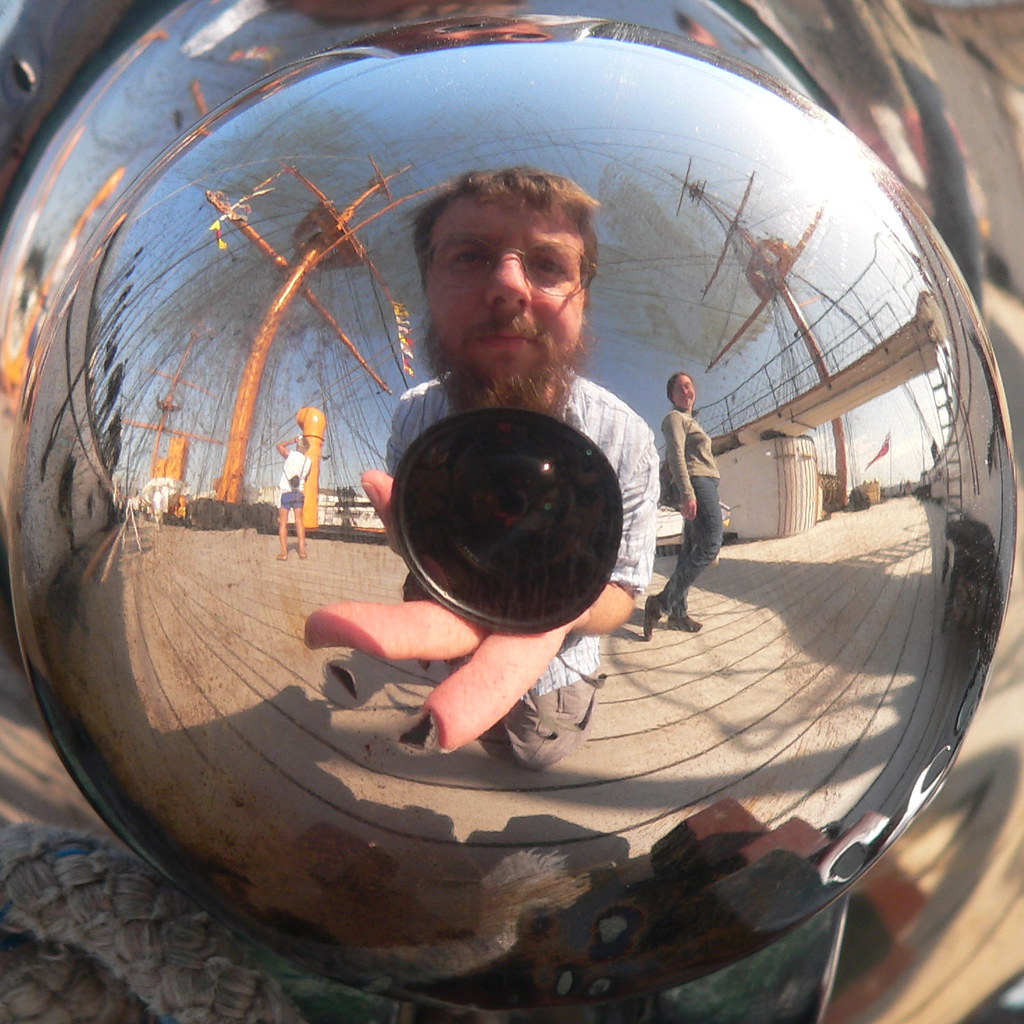It seems that we need something to compete with to rapidly progress at a national level in space exploration (e.g., the Apollo program). There is something tempting about raising the bar, once we realize it is there and others are going for it. What if we started a competition to the nearest star, Proxima Centauri?
Our current fastest spacecraft is Voyager I, it is currently leaving the solar system and entering interstellar space at 38,000 mph. At this speed it will take 17,500 years to travel a light year and 74,000 years to reach Proxima Centauri. However, it is not traveling toward Proxima Centauri.
We could "easily" launch something toward Proxima Centauri to be the first human object to arrive at another star system in 74,000 years. It would also be "easy" for someone else to launch a probe traveling faster to overtake the first probe and arrive in less than 70,000 years, etc. You can see where this would go.
So, where would this end up? As the probes get faster and faster it gets more difficult, but this kind of competition might be exactly what we need to incrementally push the speed up and the time down. Once a technology is focused on for development amazing things can happen in short periods of time.
In the 1960's Project Orion, Freeman Dyson calculated that a trip to Proxima Centauri would take 44 years at 4% the speed of light (at a project cost of 10% of the US GNP for one year).
In the 1970's Project Daedalus was designed by the British Interplanetary Society. According to the design it would take alomst four years to reach 12% the speed of light and the cruse for 46 years to reach Barnard's Star 5.9 light years away after a 50 year mission (or at this rate approximately 37 years to reach Proxima Centauri). The ship design is massive, to carry all the fuel needed for this acceleration, and would have to be built in space; it would also require a substantial space based infrastructure to mine the fuel for and build the ship. Below is the relative size of the ship design next to the Empire State Building (but of course it would never be on the Earth's surface, much less Manhattan).
However, Orion and Daedalus would only be flybys, without enough fuel to slow down once the star is reached. In the 1980's the US Naval Academy designed, using existing technology, Project Longshot to attain 4.5% the speed of light and slow down to enter orbit around Alpha Centauri B after 100 years.
So, we can already visualize ways to attain some amazing things at the upper limit of current technology and budgets.
In the 1990's CubeSat was developed by Cal Poly and Stanford as a way to get small miniaturized satellites cheaply into low Earth orbits. These nanosatellites (between 1 and 10 kg) were then followed by picosatellites (0.1 to 1 kg range) and credit card like femtosatellites (10 to 100 g). Incidentally, the price for getting a picosat into low Earth orbit (LEO) is approaching $10,000, so this is becoming something people can design as their own projects. There is also a "kicksat" campaign to put personally designed femtosats into LEO for ~$1,000.
Voyager's mass is 722 kg. It should take a small fraction of the fuel/cost of Voyager to get a nano- to pico-sat headed at a faster rate to Proxima Centauri. It would be cool to launch/drop several at "close" intervals in an (linear? or a better configuration, linear sets of rings for combining radio power at each interval?) array designed to communicate with each other in a network (in case any few fail) and to coordinate sending a stronger signal back toward Earth along the path.
Subscribe to:
Post Comments (Atom)


No comments:
Post a Comment